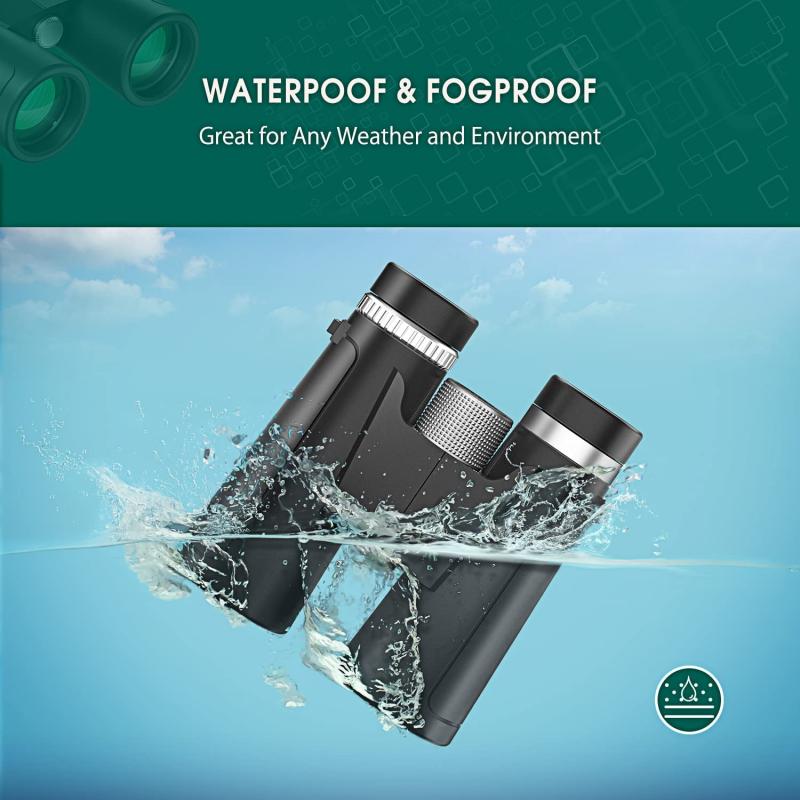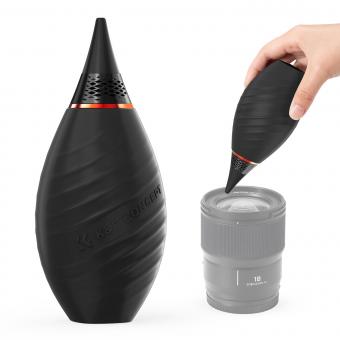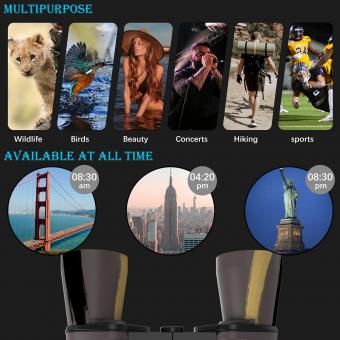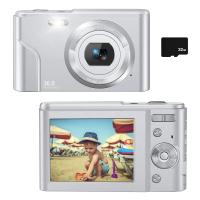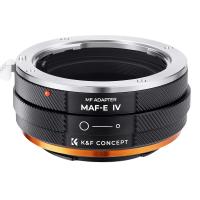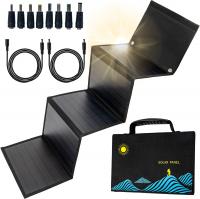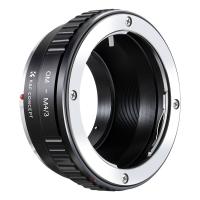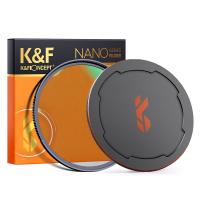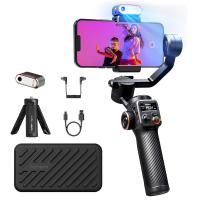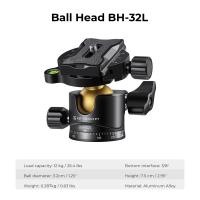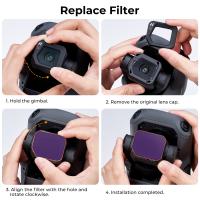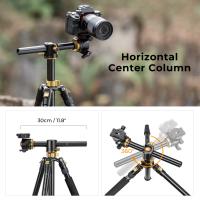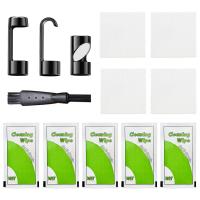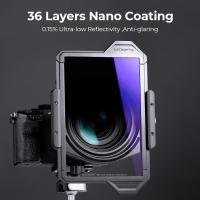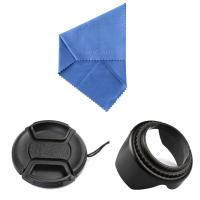What Binoculars Should I Buy ?
The best binoculars for you will depend on your specific needs and preferences. Factors to consider include the intended use (e.g., birdwatching, stargazing, sports events), magnification power, objective lens diameter, field of view, weight, and budget. Popular brands known for their quality binoculars include Nikon, Zeiss, Swarovski, and Leica. It is recommended to read reviews, compare specifications, and try out different models if possible before making a purchase decision.
1、 Magnification power and objective lens diameter
When it comes to choosing the right binoculars, two important factors to consider are the magnification power and the objective lens diameter. These two specifications play a crucial role in determining the performance and suitability of binoculars for different activities.
Magnification power refers to how much closer the binoculars can make an object appear compared to the naked eye. Common magnification powers range from 8x to 12x, with higher magnification providing a closer view. However, it's important to note that higher magnification also results in a narrower field of view and can make the image shakier, especially without the use of a tripod. Therefore, it's essential to strike a balance between magnification and stability based on your intended use.
The objective lens diameter is the second important factor to consider. It determines the amount of light that enters the binoculars, which directly affects the brightness and clarity of the image. Larger objective lenses, typically ranging from 30mm to 50mm, allow more light to enter, resulting in brighter images, especially in low-light conditions. However, larger objective lenses also make the binoculars heavier and bulkier, which may not be ideal for certain activities like hiking or birdwatching.
In recent years, there have been advancements in binocular technology, such as image stabilization and lens coatings, which enhance the viewing experience. Image stabilization helps reduce hand tremors, resulting in a steadier image, while lens coatings improve light transmission and reduce glare. These features can greatly enhance the overall performance of binoculars, particularly for activities that require prolonged use or in challenging lighting conditions.
Ultimately, the choice of binoculars depends on your specific needs and preferences. Consider the intended use, such as birdwatching, stargazing, or sports events, and balance factors like magnification power, objective lens diameter, and additional features to find the perfect pair of binoculars for you.
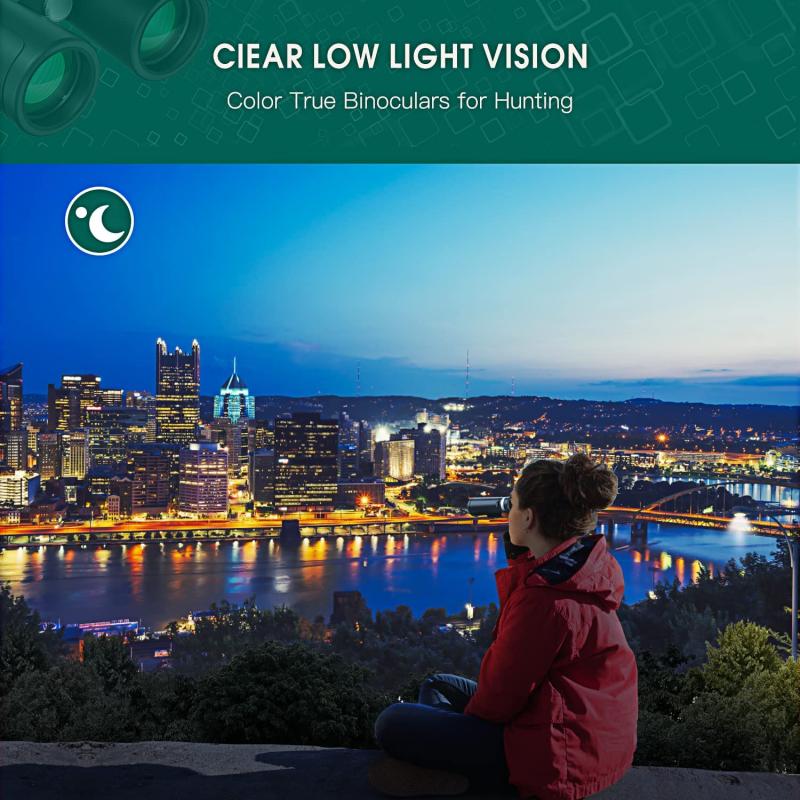
2、 Prism type: Porro vs. roof prism
Prism type is an important factor to consider when purchasing binoculars. The two main types of prisms used in binoculars are Porro prisms and roof prisms. Each type has its own advantages and disadvantages, so it ultimately depends on your specific needs and preferences.
Porro prisms have been around for a long time and are known for providing better depth perception and a wider field of view. They generally offer better image quality and are more affordable compared to roof prisms. However, Porro prism binoculars tend to be bulkier and heavier, making them less portable and harder to handle for extended periods.
On the other hand, roof prism binoculars are more compact, lightweight, and easier to handle. They are often preferred by birdwatchers and outdoor enthusiasts who require a more portable option. Roof prism binoculars also tend to be more durable and waterproof, making them suitable for rugged outdoor activities. However, they are generally more expensive than Porro prism binoculars and may not provide the same level of image quality and field of view.
In recent years, advancements in technology have narrowed the gap between the two prism types. Some high-end roof prism binoculars now offer comparable image quality and wider fields of view. Additionally, manufacturers have introduced hybrid designs that combine the benefits of both prism types.
Ultimately, the choice between Porro and roof prism binoculars depends on your specific needs, budget, and personal preferences. If you prioritize image quality and a wider field of view, Porro prism binoculars may be the better option. However, if portability and durability are more important to you, roof prism binoculars would be a suitable choice. It is recommended to try out different models and compare them before making a final decision.
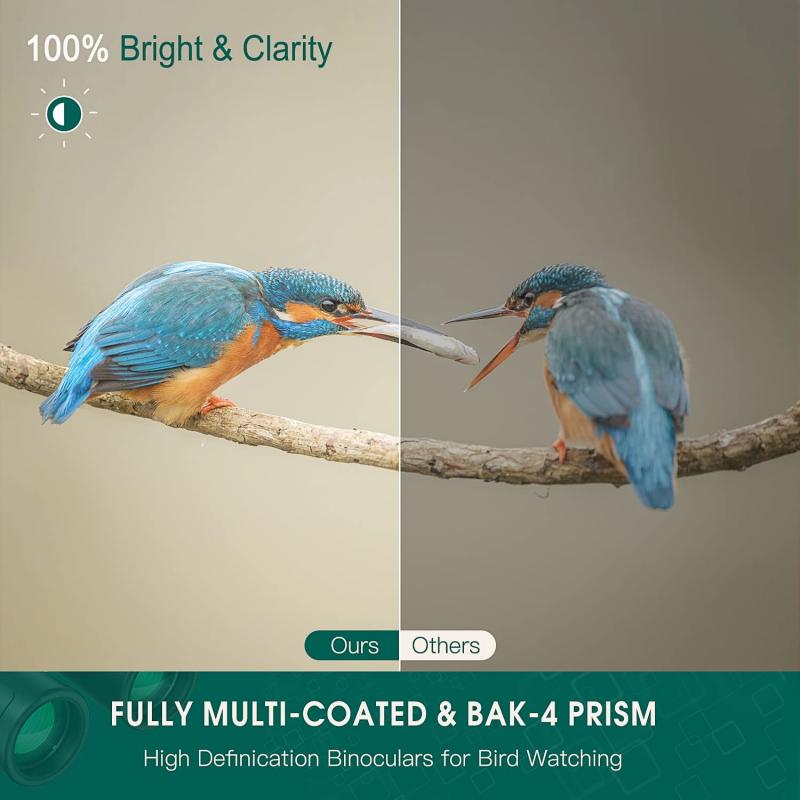
3、 Field of view and eye relief
When considering which binoculars to buy, two important factors to consider are the field of view and eye relief. These features can greatly impact your overall viewing experience and comfort.
Field of view refers to the width of the area you can see through the binoculars at a specific distance. A wider field of view allows you to see more of the surrounding area, making it easier to track moving objects or observe a larger scene. This is particularly important for activities such as birdwatching or sports events where you need to quickly scan a wide area. However, a wider field of view often comes at the expense of magnification, so it's important to find a balance that suits your needs.
Eye relief is the distance between your eyes and the binoculars' eyepiece that allows you to see the full field of view. It is especially crucial for those who wear glasses, as longer eye relief ensures that you can still see the entire image without having to remove your glasses. This feature is essential for comfortable and strain-free viewing, particularly during extended periods of observation.
When it comes to the latest point of view, manufacturers are constantly improving these features to enhance the user experience. Some binoculars now offer wider fields of view and longer eye relief, providing a more immersive and comfortable viewing experience. Additionally, advancements in lens technology and coatings have improved image quality, making it easier to spot details and colors in various lighting conditions.
Ultimately, the binoculars you should buy depend on your specific needs and preferences. Consider the activities you will be using them for, the environment you will be in, and your personal comfort requirements. It's always recommended to try out different models and consult with experts or read reviews to find the best binoculars that suit your needs.
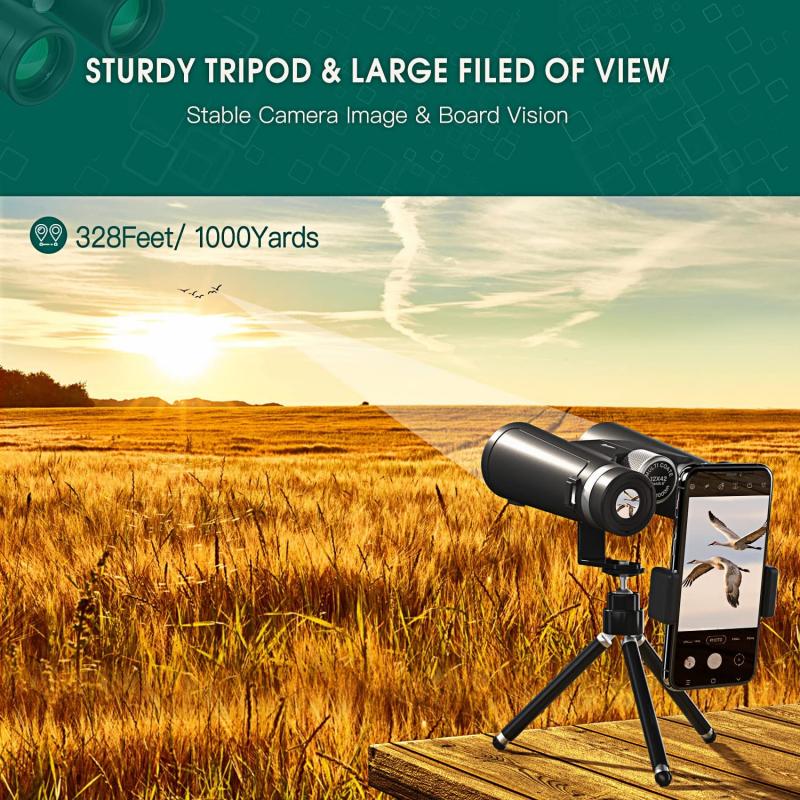
4、 Lens coating and image quality
When considering what binoculars to buy, two important factors to consider are lens coating and image quality. These aspects play a crucial role in determining the overall performance and clarity of the binoculars.
Lens coating refers to the thin layers applied to the glass surfaces of the binoculars' lenses. These coatings serve multiple purposes, including reducing glare, improving light transmission, and enhancing image contrast. The type and quality of lens coating can greatly impact the viewing experience. High-quality coatings, such as fully multi-coated or phase-coated lenses, are generally recommended as they provide superior image quality and minimize reflections.
Image quality is another crucial aspect to consider. It refers to the sharpness, clarity, and color accuracy of the images seen through the binoculars. Factors that contribute to image quality include the quality of the lenses, the optical design, and the overall construction of the binoculars. It is important to choose binoculars with high-quality optics and precision engineering to ensure a clear and immersive viewing experience.
In terms of the latest point of view, advancements in lens coating technology have led to significant improvements in image quality. Manufacturers are constantly developing new coatings that offer better light transmission, reduced reflections, and improved color fidelity. Additionally, advancements in lens design and construction have resulted in binoculars with higher resolution and better image sharpness.
In conclusion, when deciding what binoculars to buy, it is essential to consider lens coating and image quality. Opting for binoculars with high-quality lens coatings and superior image quality will ensure a more enjoyable and immersive viewing experience. Stay updated with the latest advancements in lens coating technology and choose binoculars that offer the best combination of features for your specific needs.
